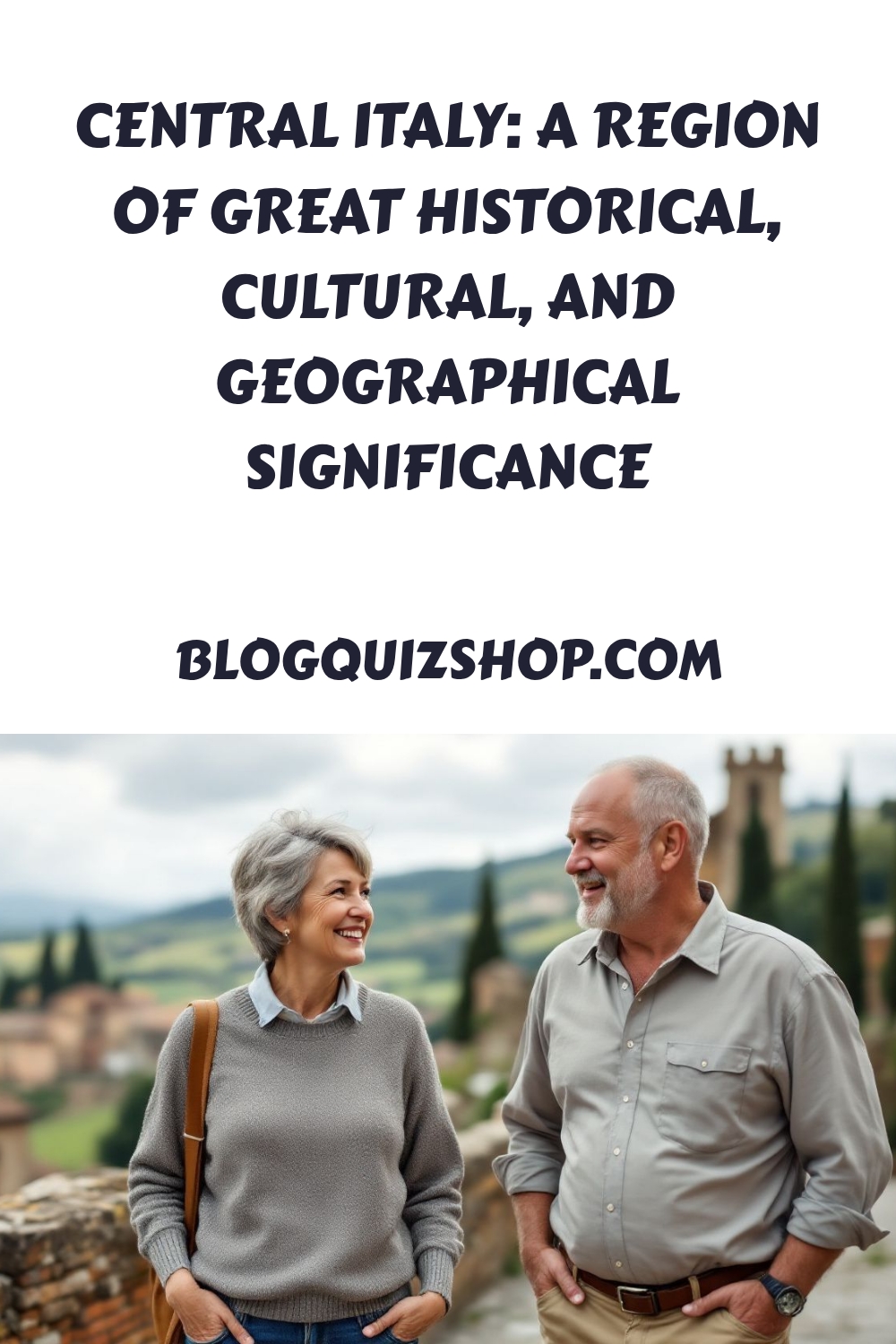Have you ever wondered why Central Italy holds such a special place in history and culture? Many people search for answers about its significance. This region, with areas like Tuscany, Umbria, Lazio, and Marche, has seen events that changed the world.
From the powerful Roman Empire to the breathtaking art of the Renaissance, Central Italy has stories that feel like stepping back in time.
One exciting fact is that this area is over 3,000 years old. It has mountains, rivers, and valleys that have shaped its story. Our article will guide you through these historical tales and landscapes.
You’ll learn about festivals that fill streets with colors and foods that make your mouth water. We even look at how this region works today. Get ready to explore!
Key Takeaways
- Central Italy, including Tuscany, Umbria, Lazio, and Marche, has a deep history with the Roman Empire and the Renaissance shaping its culture. The Romans built important buildings and roads. The Renaissance brought great art from famous artists because of support from families like the Medici.
- The geography of Central Italy features mountains like the Apennines and major rivers such as the Tiber. These natural elements affect weather and farming, helping produce foods like cheese, wine, olive oil, and truffles that are key to local cuisine.
- Festivals in Central Italy celebrate its rich heritage with events like Palio di Siena’s horse race or Carnevale di Viareggio’s parades. Traditional food festivals also highlight regional dishes such as porchetta.
- Modern Central Italy combines history with progress in arts, technology, finance making cities like Florence and Rome thriving centers for both locals and tourists. This blend supports economies through agriculture, industry and tourism.
- Political discussions in Central Italy touch on unity national policies reflecting its historical role evolving into contemporary significance within broader Italian governance.
Central Italy
A Region of Great Historical, Cultural, and Geographical Significance
Central Italy stands out as a region of immense importance, shaping not only the history and culture of Italy but also leaving a lasting mark on the world.
Historical Significance
Central Italy has been at the crossroads of major civilizations. It was the heartland of the ancient Etruscans and later became the center of the Roman Empire, with Rome as its capital. After the fall of Rome, the region was divided mainly between the Papal States-ruled directly by the Pope-and the Grand Duchy of Tuscany, centered in Florence. These entities played pivotal roles in European politics, religion, and culture until the unification of Italy in the 19th century.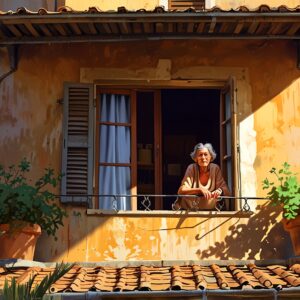
Cultural Importance
The region of Central Italy is renowned for its artistic and intellectual achievements. Florence, often called the cradle of the Renaissance, produced luminaries like Dante, Michelangelo, and Leonardo da Vinci. Rome remains a global symbol of antiquity and the Catholic Church. Central Italy’s cities-Rome, Florence, Siena, Pisa, Perugia, and Assisi-are treasure troves of art, architecture, and literature, many recognized as UNESCO World Heritage sites. The Tuscan dialect became the foundation of modern Italian due to the cultural dominance of Florence during the Renaissance.
Geographical Features
Central Italy’s landscape is dominated by the Apennine Mountains, rolling hills, fertile valleys, and scenic coastlines along the Tyrrhenian and Adriatic Seas. The region includes Tuscany, Lazio, Umbria, Marche, Abruzzo, and sometimes Molise. Tuscany is famed for its countryside and vineyards, Umbria for its green hills and medieval towns, and Marche and Abruzzo for their dramatic mountains and Adriatic beaches. The area’s natural beauty is preserved in national parks like the Abruzzo, Lazio, and Molise National Park, home to rare species such as the Italian wolf and Marsican brown bear.
Modern Appeal
Today, Central Italy is a top destination for travelers seeking history, culture, art, and picturesque landscapes. Its cities and countryside attract millions of visitors each year, drawn by the enduring legacy of the Roman Empire, the Renaissance, and the region’s vibrant traditions and cuisine
What are the must-see historical sites in Central Italy
Central Italy is a treasure trove of historical sites, blending ancient Roman wonders, Renaissance masterpieces, and charming medieval towns. Whether you’re passionate about archaeology, art, or architecture, this region offers an unparalleled journey through time. Here are the must-see historical sites that capture the essence of Central Italy’s rich heritage.
Pantheon
The Pantheon is one of the best-preserved ancient Roman buildings and a marvel of engineering with its iconic dome and oculus. Originally built as a temple and later converted into a church, it houses the tombs of notable figures like Raphael. Its architectural brilliance and continuous use for nearly two millennia make it a must-see for anyone interested in Roman history and art.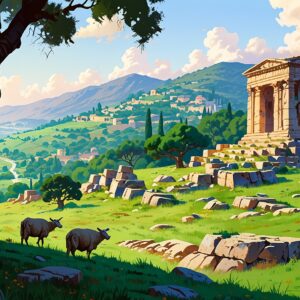
Colosseum, Roman Forum & Palatine Hill, Rome
This trio forms the heart of ancient Rome. The Colosseum, famous for its gladiatorial games, is an enduring symbol of Roman power. The nearby Roman Forum and Palatine Hill offer an immersive experience into the political, religious, and social life of the ancient city. Walking these ruins provides a vivid sense of Rome’s grandeur and its foundational myths.
Florence Historic Center & Palazzo Vecchio
Florence is the cradle of the Renaissance, and its historic center is a UNESCO World Heritage site packed with architectural and artistic treasures. The Palazzo Vecchio, with its Medici history and Vasari frescoes, is a highlight. The city’s compact layout makes it easy to explore masterpieces like the Florence Cathedral, Uffizi Gallery, and Ponte Vecchio on foot.
Leaning Tower of Pisa, Tuscany
An iconic symbol of Italy, the Leaning Tower of Pisa is not just a quirky architectural marvel but also part of a larger complex, including the Pisa Cathedral and Baptistery. Its unique tilt and historic significance draw visitors from around the world, making it a must-see when exploring Tuscany.
SHOP NOW ZAZZLE - CLICK BELOW
Siena’s Piazza del Campo and Cathedral, Tuscany
Siena’s medieval center is renowned for its stunning Piazza del Campo, the site of the famous Palio horse race, and its magnificent Gothic cathedral. The city’s well-preserved architecture and vibrant traditions offer a glimpse into Tuscany’s rich medieval past.
San Gimignano, Tuscany
Known as the ‘Medieval Manhattan,’ San Gimignano is famous for its skyline of medieval towers. This UNESCO World Heritage site offers a unique atmosphere, with cobbled streets, frescoed churches, and panoramic views of the Tuscan countryside.
Assisi, Umbria
Assisi is a UNESCO World Heritage site, celebrated for its association with St. Francis and its stunning basilica adorned with frescoes by Giotto and other masters. The town’s spiritual significance and medieval charm make it a highlight of Central Italy.
Urbino, Marche
Urbino is a Renaissance gem and UNESCO site, famed for its Ducal Palace and as the birthplace of Raphael. Its intact medieval walls, artistic heritage, and intellectual history offer a captivating experience off the typical tourist path.
Pienza & Val d’Orcia, Tuscany
Pienza is considered the ideal Renaissance town, designed by Pope Pius II, and is a UNESCO World Heritage site. Set in the picturesque Val d’Orcia, it offers breathtaking landscapes and a perfect blend of history, architecture, and natural beauty.
What are some hidden gems in Central Italy
Central Italy is filled with enchanting destinations that lie off the typical tourist trail. From mystical villages perched on cliffs to ancient hot springs and artist communities, these hidden gems offer a more intimate and authentic experience of the region’s history, culture, and natural beauty. Here are some standout recommendations for hidden gems in Central Italy that promise to surprise and delight.
Civita di Bagnoregio
Often called ‘the dying city,’ Civita di Bagnoregio is a surreal, ancient village perched atop a crumbling tuff cliff, accessible only by a pedestrian bridge. With roots stretching back to Etruscan times, this car-free village enchants visitors with its timeless architecture, dramatic views, and a hauntingly beautiful atmosphere. Its isolation and unique setting make it a truly unforgettable experience, far removed from the crowds of more famous destinations.
Pitigliano
Known as ‘Little Jerusalem’ for its historic Jewish community, Pitigliano is a striking town built into a tuff cliff in southern Tuscany. The dramatic setting, winding alleys, and blend of cultural influences create a magical ambiance. Its distinct architecture and the sense of stepping back in time make Pitigliano a perfect spot for those seeking something different from Tuscany’s better-known cities.
Bagni San Filippo
Tucked away in the Tuscan woods, Bagni San Filippo is famed for its natural hot springs and striking limestone formations. Unlike the more popular thermal baths, these springs are free to visit and surrounded by nature, offering a peaceful retreat and a unique bathing experience. It’s an ideal stop for relaxation and a taste of Tuscany’s wilder side.
La Scarzuola
Located in Umbria, La Scarzuola is an extraordinary and eccentric architectural complex created by the surrealist architect Tomaso Buzzi. This ‘ideal city’ blends monastic ruins with fantastical structures, making it a dreamlike site for lovers of art, architecture, and the unconventional. It’s a hidden wonder that rewards the curious traveler with its bizarre beauty and enigmatic atmosphere.
Gubbio
Gubbio is a medieval hilltop town in Umbria, remarkably well-preserved and steeped in history. Its maze of stone streets, ancient palaces, and the unique birdcage-like funicular to Monte Ingino offer a distinctly local and authentic experience. Gubbio is less visited than other Umbrian towns but offers rich traditions, stunning views, and a deep connection to the region’s past.
Parco dei Mostri (Monster Park), Bomarzo
This Renaissance garden in Lazio is filled with gigantic, whimsical stone sculptures of monsters, mythological creatures, and surreal figures. Created in the 16th century, the park is both enchanting and slightly eerie, providing a unique blend of art, history, and fantasy. It’s an offbeat destination that will fascinate adults and children alike.
Bagno Vignoni
Bagno Vignoni is a tranquil Tuscan village where the main square is a large, ancient thermal pool. The village’s thermal waters have been celebrated since Roman times, and the picturesque setting offers a peaceful escape. Its unusual layout and soothing atmosphere make it a delightful stop for those exploring the Val d’Orcia.
Calcata Vecchia
This tiny, cliff-top village north of Rome is an artist haven, known for its bohemian spirit, medieval architecture, and lush surrounding valley. Calcata Vecchia feels frozen in time, with a quirky, creative energy that attracts artists, musicians, and writers. It’s a perfect destination for travelers seeking inspiration and a slower pace.
Central Italy Key Historical Events and Their Impact
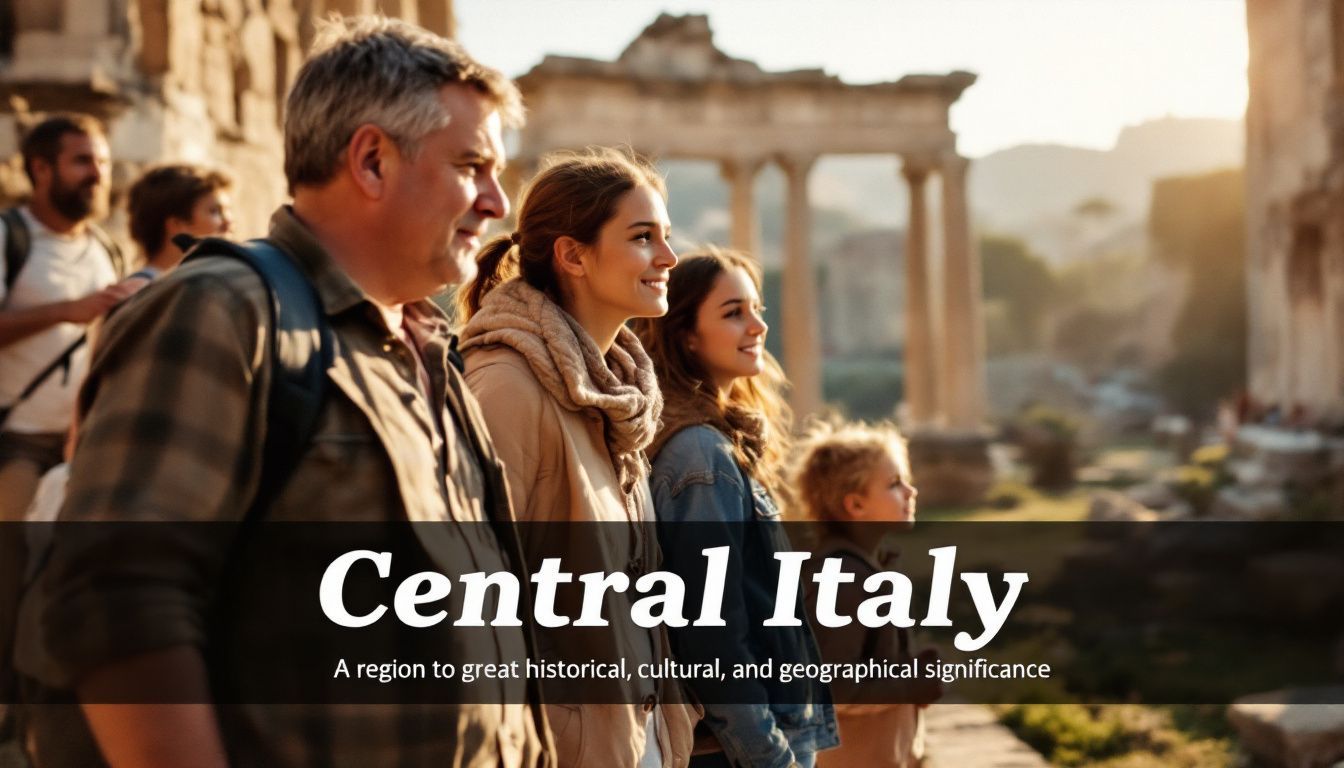
Central Italy has seen big moments that changed history. The Romans built an empire here, leaving behind great buildings and roads. Then came the Renaissance, turning cities like Florence into centers of art where painters and sculptors made works still loved today.
The Roman Empire and its legacy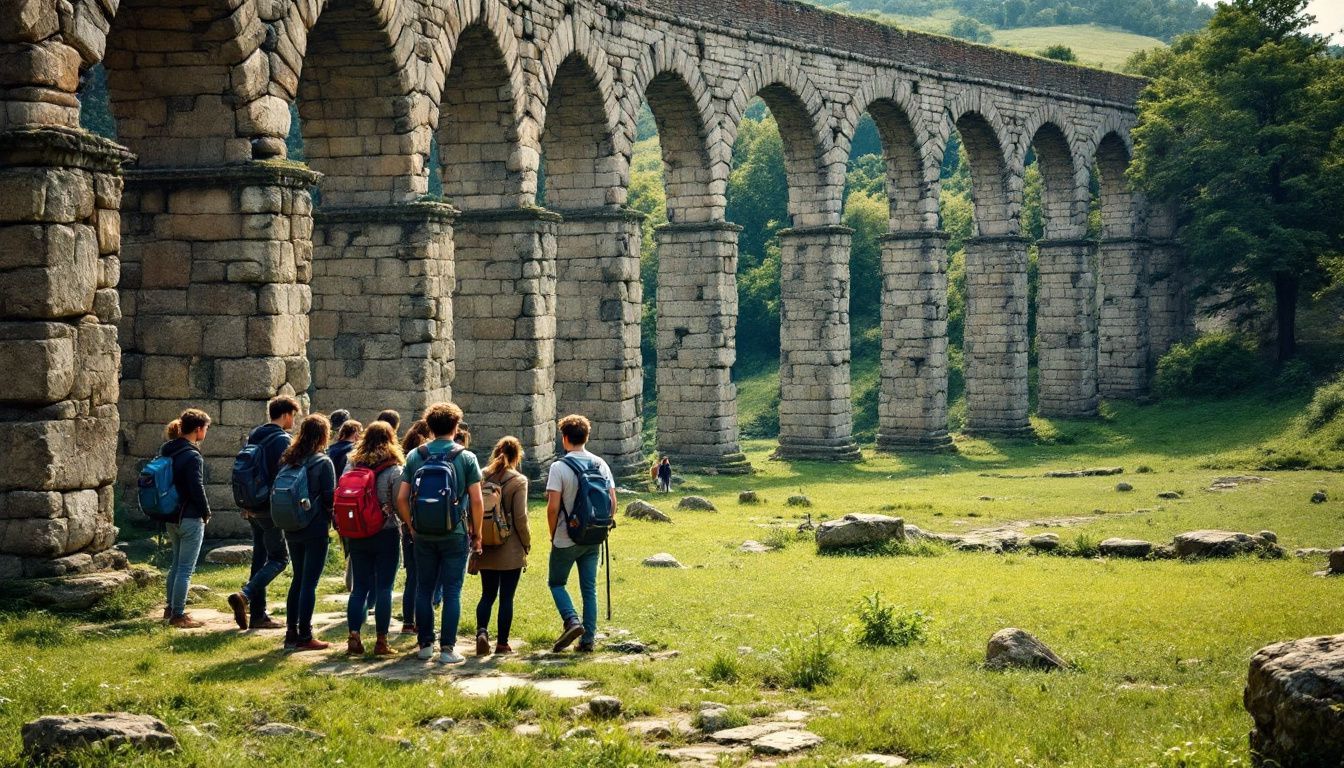
The Roman Empire left a huge mark on Italy, especially in the central regions like Lazio. This area was at the heart of Roman power for centuries. The Romans built impressive buildings, roads, and aqueducts that still stand today.
They also spread their culture and language across Europe.
Rome wasn’t just about power and building stuff, though. It was also about ideas that changed the world. Laws made during Roman times are still the base for many legal systems worldwide.
Plus, the way we make cities with plazas and government buildings comes from Rome too.
After Rome fell, its influence didn’t disappear. The Catholic Church took over some of its roles in Italy and beyond. The Vatican City in Rome is a reminder of how religion continued what the Roman Empire started.
All roads lead to Rome.
Next up: let’s explore how another key period shaped Central Italy – the Renaissance.
The Renaissance and the rise of art and culture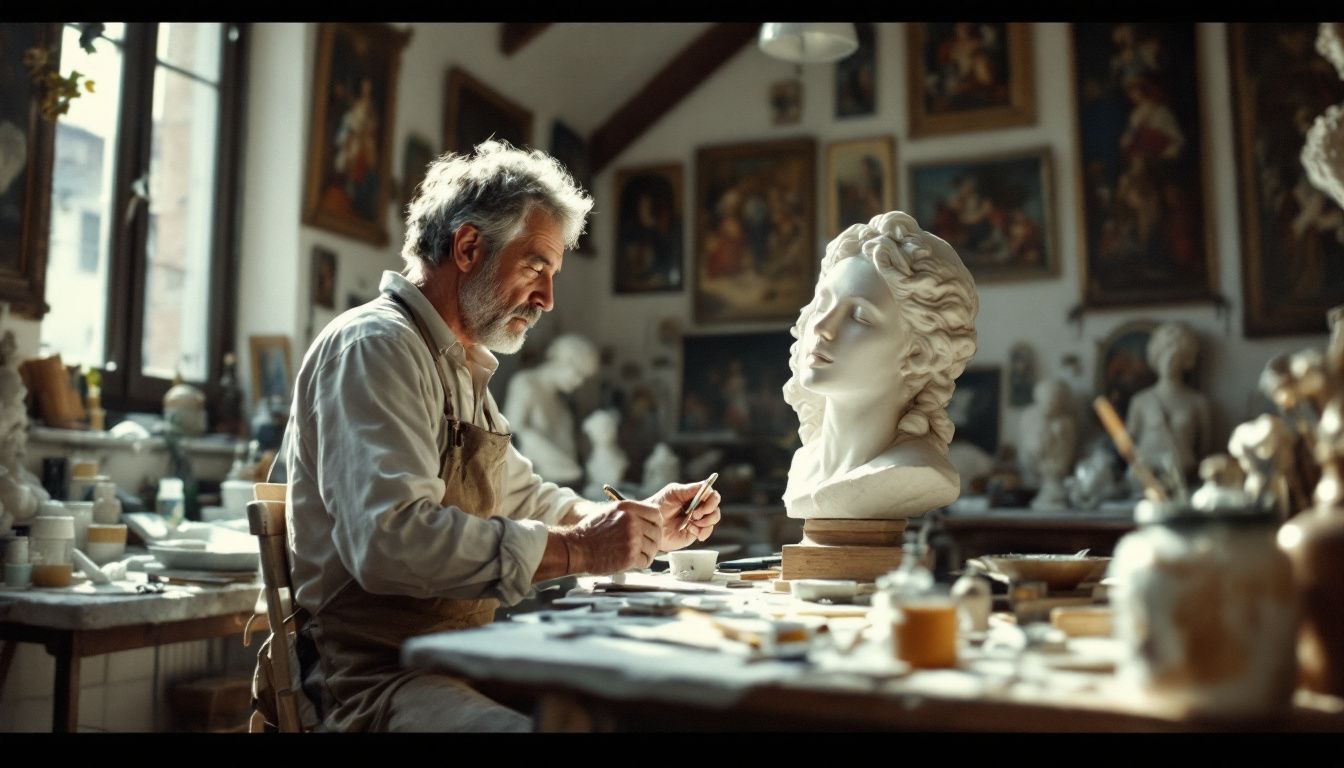
Central Italy was a key player during the Renaissance. This period began in the 14th century and lasted until the 17th century. Florence, a city in Tuscany, became a hub for art and culture.
The Medici family funded many artists, like Giotto. Their support helped create masterpieces that still amaze us today.
Art flourished across Central Italy. Artists explored new techniques in painting and sculpture. They used perspective to make their works more realistic. Cities like Siena and Rome also contributed greatly to this artistic movement.
In Lazio, stunning architecture reflects the region’s rich history.
Culinary traditions grew too during this time. Roman cuisine became well-known for its flavors and variety. Festivals celebrated art, music, and food, bringing communities together.
The Renaissance shaped Italy and left a lasting mark on world culture as well.
Geography of Central Italy

Central Italy is known for its hilly terrain and beautiful mountains. The Apennines run through this region, affecting the weather and farming practices. Major rivers, like the Tiber, have shaped towns and cities along their banks.
This geography plays a big role in the culture and lifestyle of its people.
The Apennines and their influence on the climate and agriculture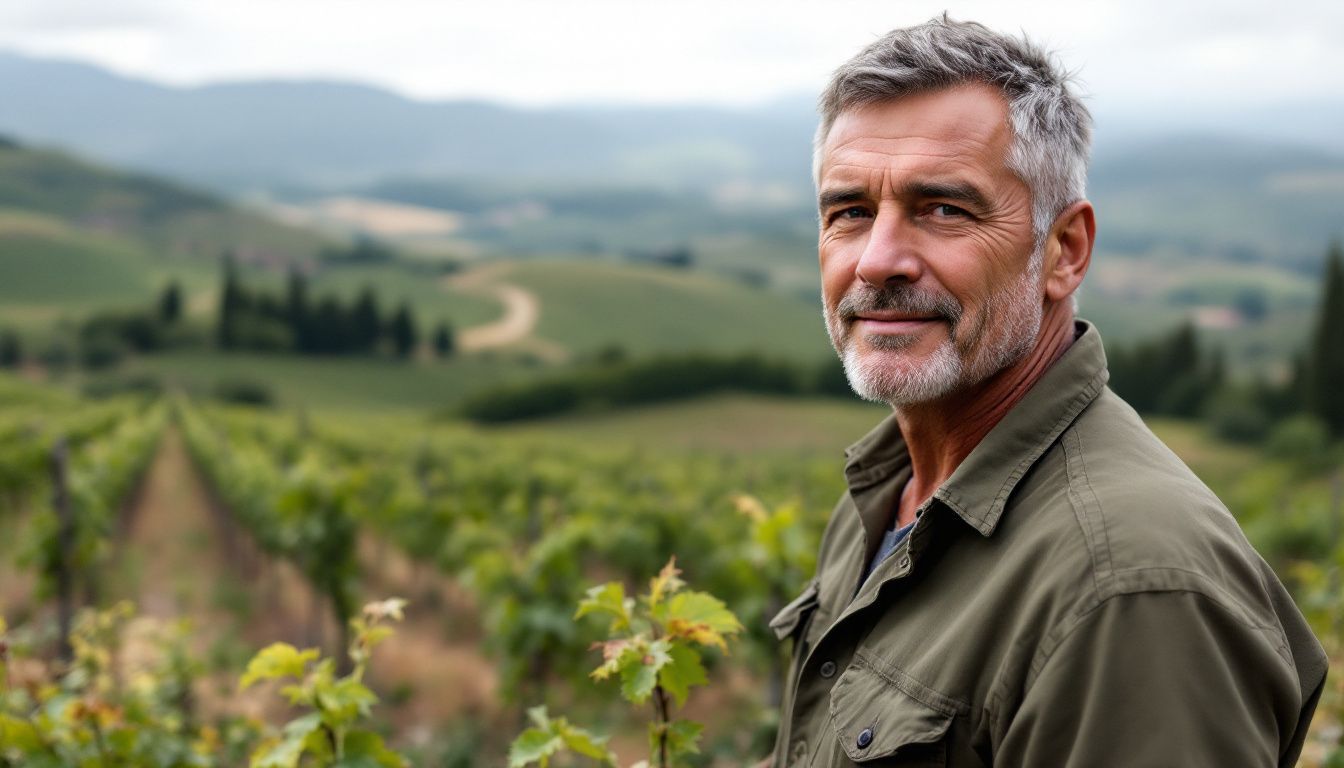
The Apennine Mountains run down the spine of Central Italy. They create a diverse landscape that affects the climate and farming in the region. The mountains block cold winds from the north, making the weather milder.
This leads to longer growing seasons for crops like grapes and olives.
The hilly terrain also helps with agriculture. Farmers use terraces to manage water and soil better. Regions like Tuscany thrive on this system, producing famous wines and delicious olive oil.
The rich land supports various fruits and vegetables too. As we explore more about Central Italy’s culture, keep in mind how these natural features shape everyday life here.
Major rivers and their role in regional development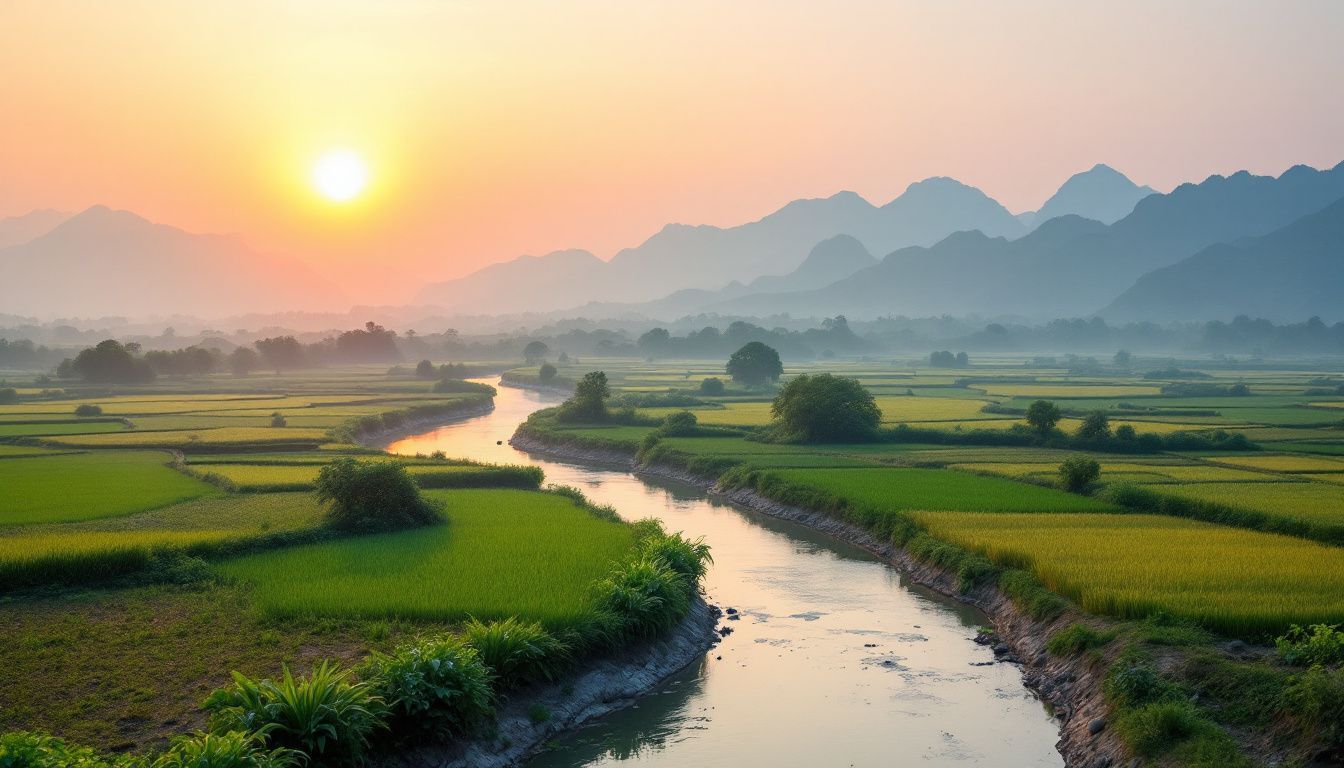
Rivers shape the land and life in Central Italy. Major rivers like the Po, Tiber, and Arno have played big roles in growth and change. They provide water for drinking, farming, and industry.
The Po River is especially important as it runs through northern regions into the Adriatic Sea. It supports agriculture by irrigating vast fields of rice, fruits, and vegetables.
The Tiber flows through Rome. This river has been vital since ancient times. It helped transport goods to markets. Trade thrived along its banks, boosting local economies. The Arno runs through Florence, a city rich in art and culture thanks to this lifeline.
Its waters provided power for mills that shaped Tuscany’s history.
These rivers also connect different towns and regions of Central Italy. People move easily between communities because of them. Roads often follow their paths too! Rivers like these are not just water sources; they are essential for trade routes and cultural exchange across centuries…
Their influence continues today in modern development efforts throughout the region.
Cultural Highlights of Central Italy

Central Italy is alive with tradition. Festivals burst with joy and color, celebrating the rich heritage of Italians. Food plays a big role too—think hearty dishes that warm the soul.
Every meal tells a story, mixing flavors from the land and sea.
Traditional festivals and celebrations
Central Italy is home to many vibrant traditional festivals. These events showcase local culture and history.
- Palio di Siena: This famous horse race happens twice a year in Siena, on July 2 and August 16. The city divides into neighborhoods, called contrade, which compete fiercely for victory. Each contrada has its own colors and flags. The Palio celebrates local pride while rekindling centuries-old traditions.
- Festa della Primavera: This spring festival takes place in L’Aquila each March. It marks the arrival of spring with colorful parades, music, and dance. Locals dress in traditional costumes as they celebrate their rich cultural heritage.
- La Quintana di Ascoli Piceno: Held in Ascoli Piceno during the first weekend of August, this historical event features knights competing in jousting contests. The festival also includes music and fireworks that light up the night sky.
- Festa della Madonna Bruna: Celebrated in Matera every July 2nd, this festival honors the Virgin Mary. It features a large procession carrying a statue of Mary through town, ending with fireworks that draw big crowds.
- Carnevale di Viareggio: Known for its stunning floats and masks, this carnival takes place in February or March before Lent. The floats are often satirical, poking fun at current events and people in power.
- Sagra della Porchetta: This food festival occurs throughout various towns, celebrating one of Central Italy’s beloved dishes—porchetta (roast pork). Visitors enjoy delicious food while participating in local customs and traditions.
These festivals highlight the unique culture of Central Italy. They bring communities together to celebrate shared heritage and artistry—the heart of regional life amid modern changes ahead.
Culinary traditions unique to Central Italy
Culinary traditions in Central Italy reflect its rich history and culture. This region boasts flavors that are both simple and robust.
- Olive Oil
Tuscany is famous for its high-quality olive oil, a staple in many dishes. The region’s mild climate helps produce olives with rich flavors. This oil enhances salads, pasta, and bread.
- Pasta
Fresh pasta shines in Central Italy. Tagliatelle and pici are popular types made by hand. They pair well with sauces like ragu or cacio e pepe, showcasing the region’s culinary skills.
- Cheese
Italy is home to many delicious cheeses, including Pecorino Romano from Lazio. This sheep’s milk cheese adds depth to pasta dishes and risottos.
- Wine
Central Italy produces some of the best wines in the world. Chianti from Tuscany and Frascati from Lazio are well-known varieties enjoyed alongside meals.
- Meat Dishes
Roast meats play a significant role in local cuisine. Dishes like porchetta, which is seasoned whole roast pig, delight locals and visitors alike during festivals.
- Sweets
Desserts also have a special place here. Panforte from Siena offers a mix of nuts and spices wrapped in cake form—perfect for enjoying with coffee or wine.
- Truffles
The region is famous for its truffles as well, especially in Umbria and Marche areas. These rare fungi add an earthy flavor to various dishes, making them a prized ingredient in fine dining.
- Traditional Festivals
Food plays a big part during local festivals too! Events like the Sagra della Porchetta celebrate regional specialties with food tastings and communal feasts.
- Seasonal Ingredients
Cooking often relies on seasonal ingredients available nearby due to the fertile land shaped by the Apennines mountains—fresh vegetables enhance every meal, offering vibrant flavors while supporting local farmers.
- Rustic Cuisine
Many recipes come from old family traditions—rustic cuisine that values farm-fresh ingredients over complex techniques holds strong roots here!
Central Italy’s culinary traditions offer much more than food; they bring people together through shared experiences and celebrations around tables filled with love and flavor!
Modern Central Italy
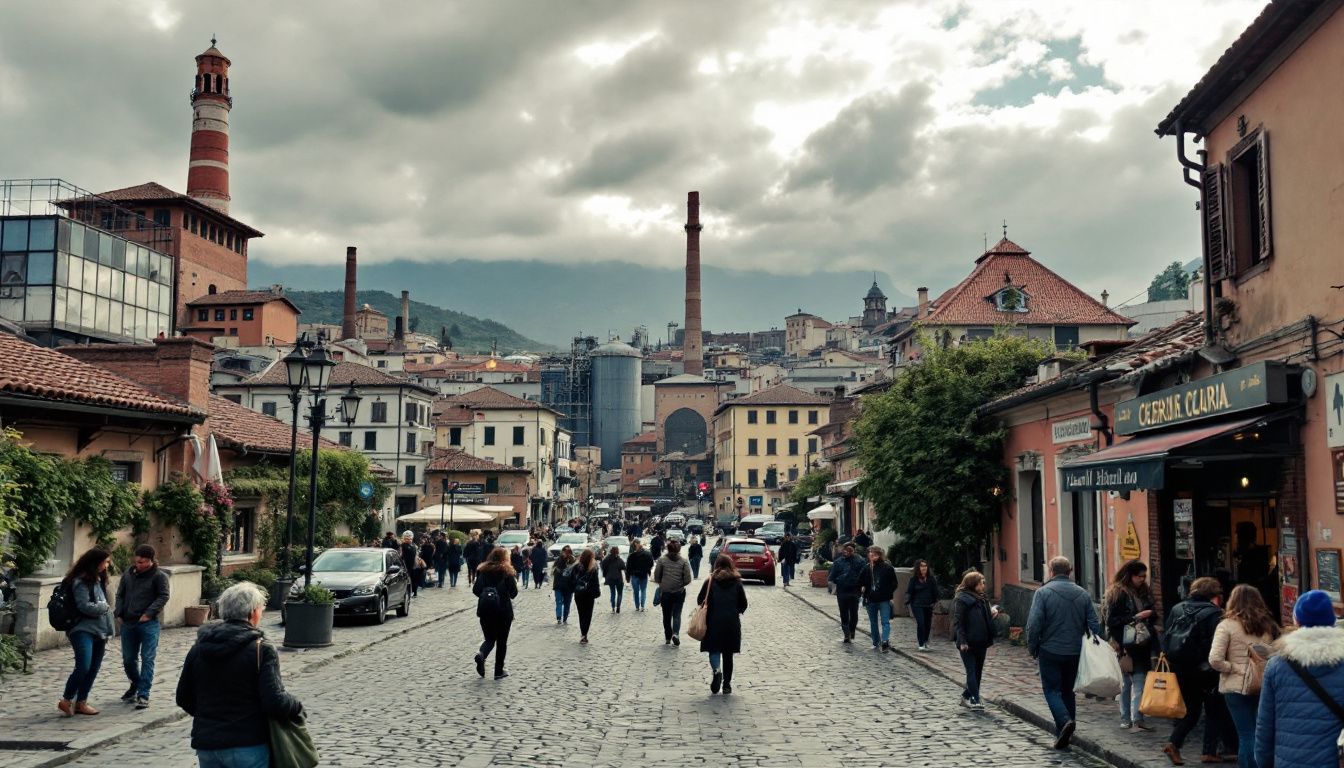
Modern Central Italy is a hub of industry and development. Cities like Florence and Rome lead in arts, technology, and finance. This region plays a key role in Italy’s economy today.
The mix of ancient history and modern growth creates a unique landscape for both locals and visitors.
Economic contributions and industrial developments
Central Italy plays a key role in Italy’s economy. Regions like Tuscany and Lazio contribute significantly to the nation’s wealth. These areas are known for their agriculture, especially wine and olive oil production.
The Mediterranean climate supports diverse crops, making the land fertile.
Industrial developments have also thrived here. Cities such as Florence and Rome are centers of fashion, design, and art. The region has seen growth in small to medium-sized businesses that focus on quality craftsmanship.
Traditional artisans continue to thrive alongside modern industries.
Tourism boosts the economy as well. Millions visit Central Italy every year for its history, culture, and beauty. Sites like Tivoli draw attention with their stunning architecture and gardens.
These elements create jobs and support local communities… Next up is exploring cultural highlights that make this region truly special!
Political significance in contemporary Italy
Economic developments shape politics in Central Italy. This region has a unique role today. It holds historical importance as the heart of the Papal States and is home to the Holy See.
The Lateran Treaty defined the Vatican’s power, affecting modern Italian governance.
Central Italy has strong cultural ties with Northern Europe, seen in its architecture and cuisine. The regions of Tuscany, Lazio, Umbria, and Marche are vital for political discussions on unity and identity.
As part of Italy’s 20 regions, they contribute to decisions that impact all Italians. Political debates often focus on local autonomy versus national policies. Central Italian cities like Florence remain centers for vital political discourse in contemporary Italy.
The lesser-known historical sites in Tuscany
Tuscany is celebrated for its iconic cities and landmarks, but its landscape is also dotted with lesser-known historical sites that offer a more intimate glimpse into the region’s layered past. Here are some remarkable yet under-the-radar historical destinations in Tuscany worth exploring.
Necropolis of Populonia
This Etruscan burial site, perched above the Gulf of Baratti, offers a rare window into pre-Roman Italy. Unlike the crowded Roman ruins, Populonia’s necropolis is peaceful and evocative, with ancient tombs set against a stunning coastal backdrop. It’s ideal for those seeking a deeper understanding of Tuscany’s ancient civilizations and a tranquil, atmospheric experience.
San Galgano Abbey
The roofless, thirteenth-century Abbey of San Galgano is steeped in legend and history. Its mystical atmosphere is heightened by the nearby chapel housing the ‘sword in the stone,’ said to have inspired the Arthurian legend. The abbey’s haunting beauty and unique open-air setting make it a magical site for history lovers and those drawn to Tuscany’s spiritual side.
Castelvecchio (near San Gimignano)
Castelvecchio is an abandoned medieval village with Etruscan origins, now a national park. Its evocative ruins and intact church, set amidst holm-oak forests, offer a haunting glimpse into Tuscany’s tumultuous medieval past. It’s perfect for adventurous visitors who enjoy exploring off-the-beaten-path sites rich in atmosphere and history.
Lucignano
Known as ‘The Spiral Village’ for its unique elliptical street plan, Lucignano is a medieval gem in the province of Arezzo. Its 13th-century fortress, charming streets, and the Church of San Francesco with the ‘Tree of Life’ relic create a compelling historical tapestry. Lucignano is ideal for those who appreciate architectural curiosities and authentic Tuscan culture away from tourist crowds.
Carmignano
Nestled in the Montalbano hills, Carmignano boasts a well-preserved 10th-century fortress, Renaissance art in the Church of San Michele e Francesco, and Etruscan tombs in Comeana. The town’s blend of ancient, medieval, and Renaissance heritage—paired with its wine culture—makes it a rewarding destination for history buffs and gourmets alike.
Lunigiana Region (including Piagnaro Castle, Pontremoli)
Lunigiana, in northern Tuscany, is a land of countless stone castles and fortresses, shaped by centuries of feudal division. Piagnaro Castle in Pontremoli, with its collection of mysterious prehistoric stele statues, is a highlight. The region’s fragmented history and abundance of fortifications provide a fascinating, less-traveled alternative to Tuscany’s better-known sites.
Tombs of Sovana
These Etruscan tombs, carved into cliffs near Sovana, are both mysterious and visually striking. The Tomb of Ildebranda, resembling a temple, and the wild, untouched landscape create an otherworldly atmosphere. This site is perfect for travelers interested in archaeology and Tuscany’s ancient roots.
Murlo
Murlo, a tiny village south of Siena, was once an important Etruscan mining center. Its necropolis and archaeological museum provide insight into Etruscan daily life and industry. Murlo’s small scale and historical depth make it a rewarding stop for those intrigued by Tuscany’s lesser-known ancient history.
Conclusion
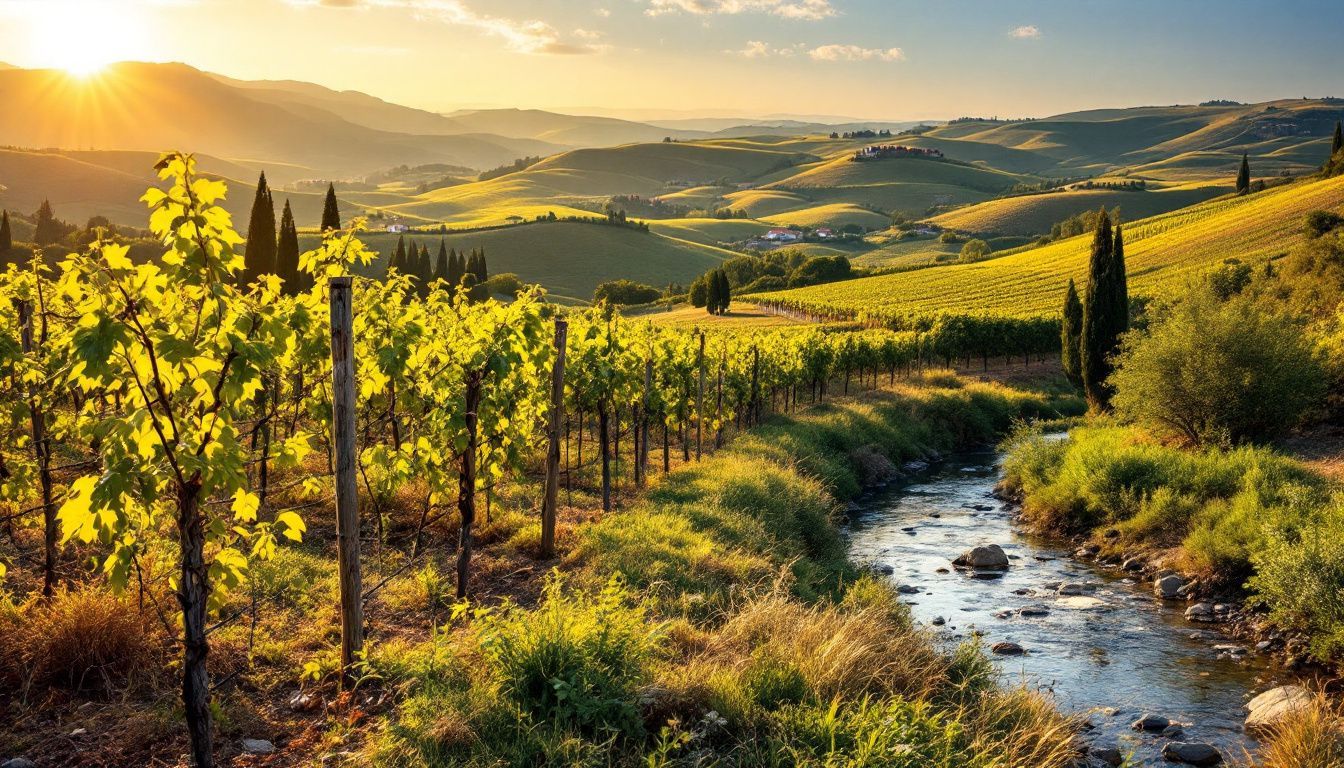
Central Italy is rich in history, culture, and geography. The Roman Empire left a strong mark here. The Renaissance brought art and new ideas that still inspire us today. Hills and rivers shape the land, making it unique for farming and living.
Festivals celebrate traditions while delicious food delights every palate. Understanding this region helps us appreciate its role in shaping Italy and the world—let’s explore more of its wonders together!
FAQs
1. What’s the historical significance of Central Italy?
Central Italy holds a rich history, from the time of the Kingdom of Italy to World War II under Benito Mussolini. The region was pivotal during Italian unification and was once part of the Papal territory known as State of the Church.
2. How does geography play a role in Central Italy’s cultural identity?
The geographical landscape, including Monte Rosa in Northern Italy and Apennine range in Southern Italy, has shaped regional identities such as Trentino Alto Adige South Tyrol and Lombardy. These regions are characterized by their predominantly hilly territory that stretches across central Italian peninsula.
3. Can you explain more about autonomous regions like Trentino-Alto Adige?
Autonomous regions like Trentino-Alto Adige have unique cultural influences due to their location at North-Eastern Italy near Alpine areas. Bolzano is one city within this region where you can find traces of Tyrolean culture.
4. What makes Toscana (Tuscany) notable among other regions in Central Italy?
Toscana was once ruled by House of Medici and became Grand Duchy under Cosimo I, contributing significantly to Italian history through its influence on art during Renaissance period as Republic of Florence.
5. Why is understanding different dialects important when studying Central Italy?
Understanding dialects like Tuscan, Friulan or Corsican provides insights into diverse cultures across country’s 20 regions including Veneto, Emilia-Romagna and Sicilia which each have distinct histories and traditions influenced by their geographical locations on Italian Peninsula.
6.What impact did events such as Roman Question or issue around Temporal Power Of The Pope have on present-day Central Italy?
Events like Roman Question resulted in significant changes for Vatican City or Stato della Città del Vaticano leading to Pope becoming ‘Prisoner In The Vatican’. This along with other historical events shape the cultural and political landscape of Central Italy today.
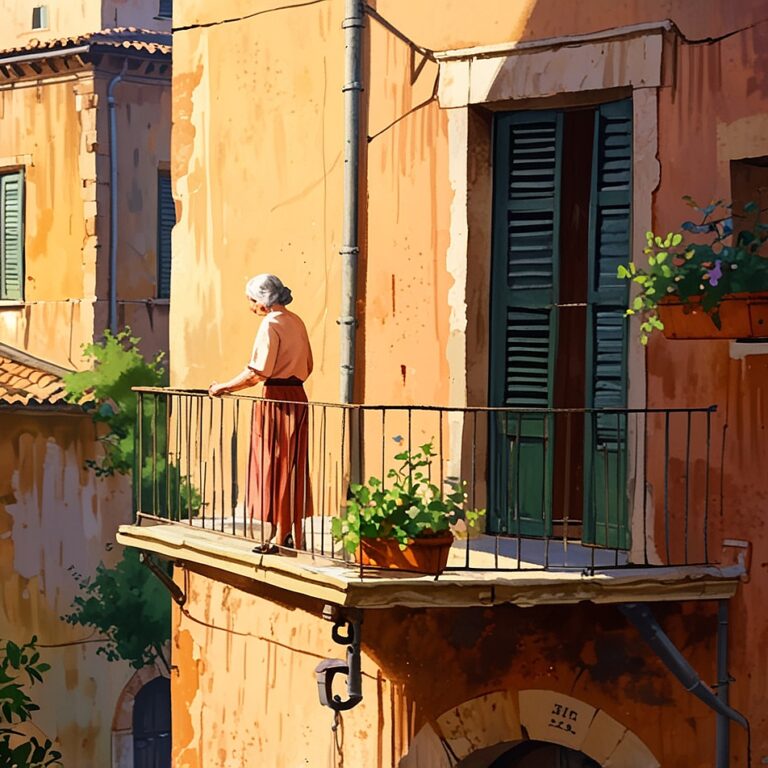
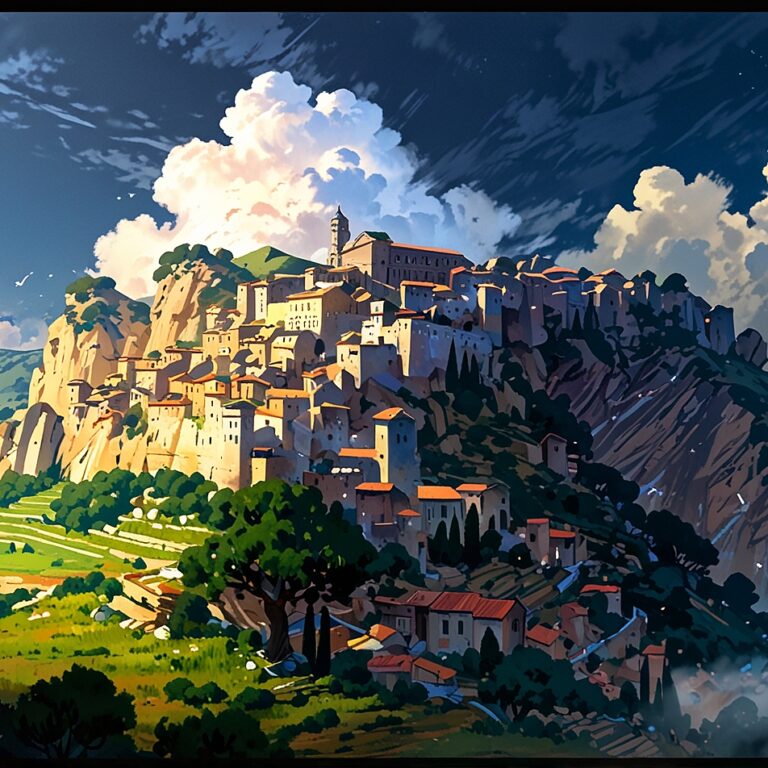
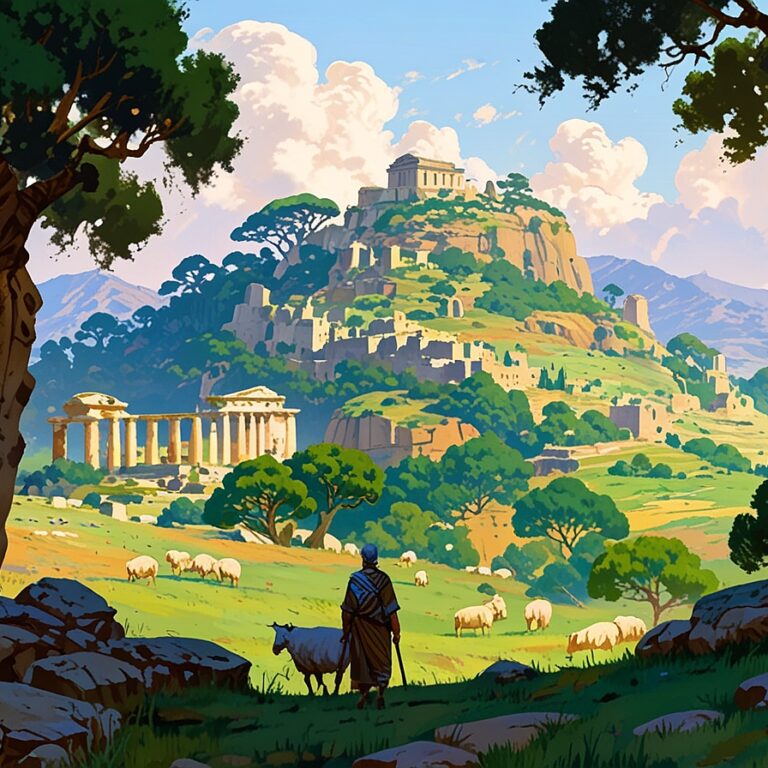
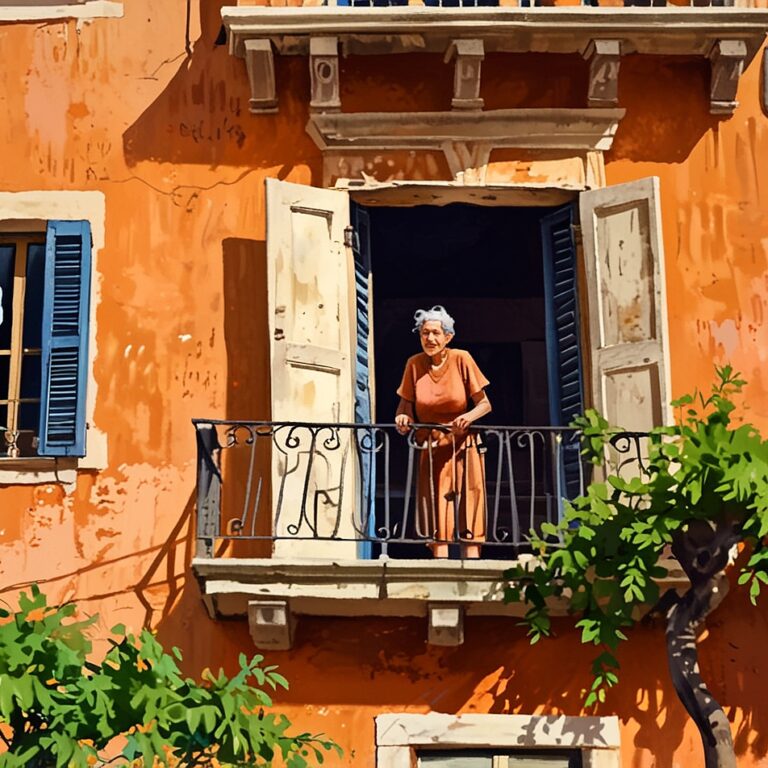

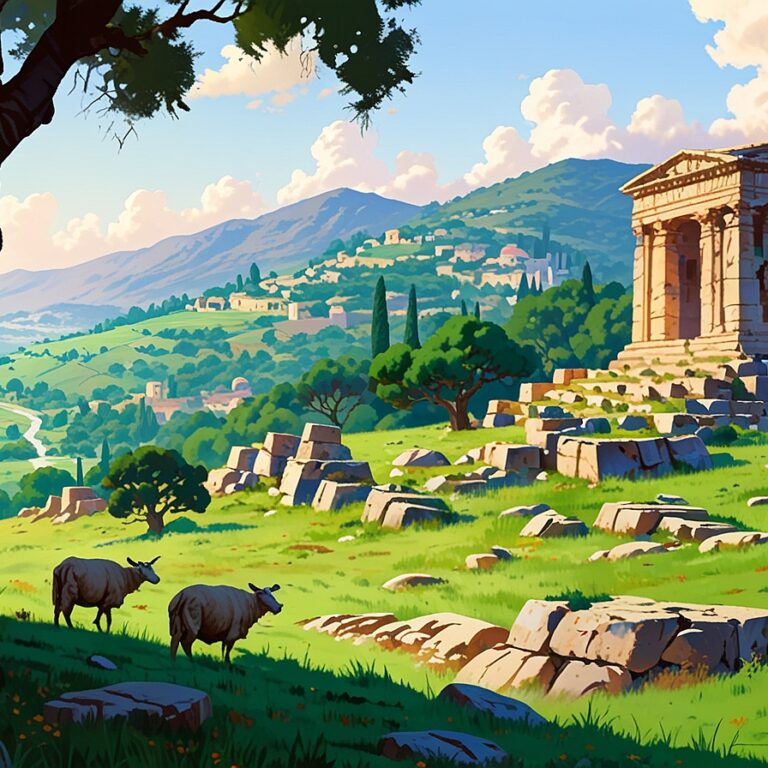
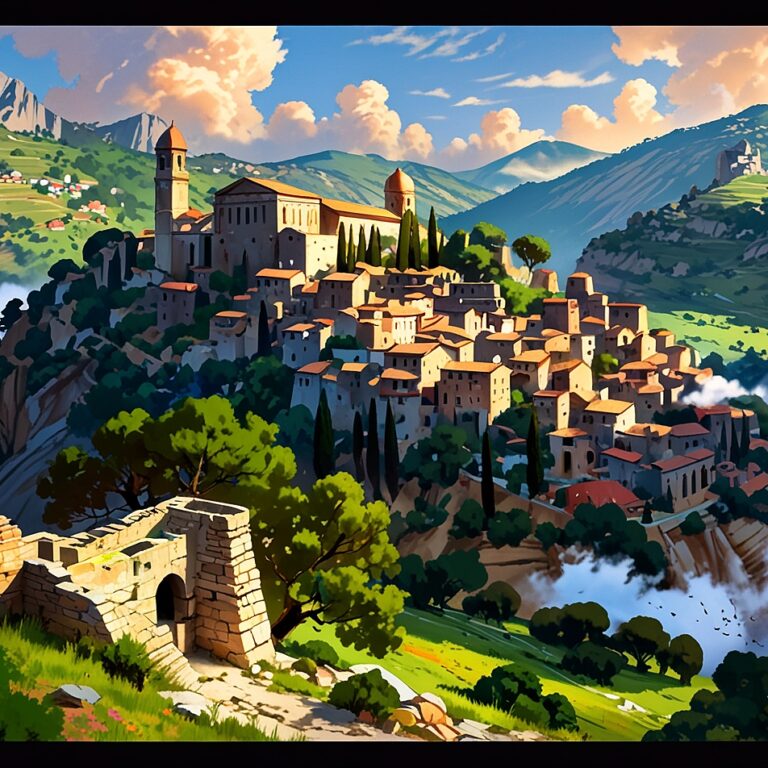
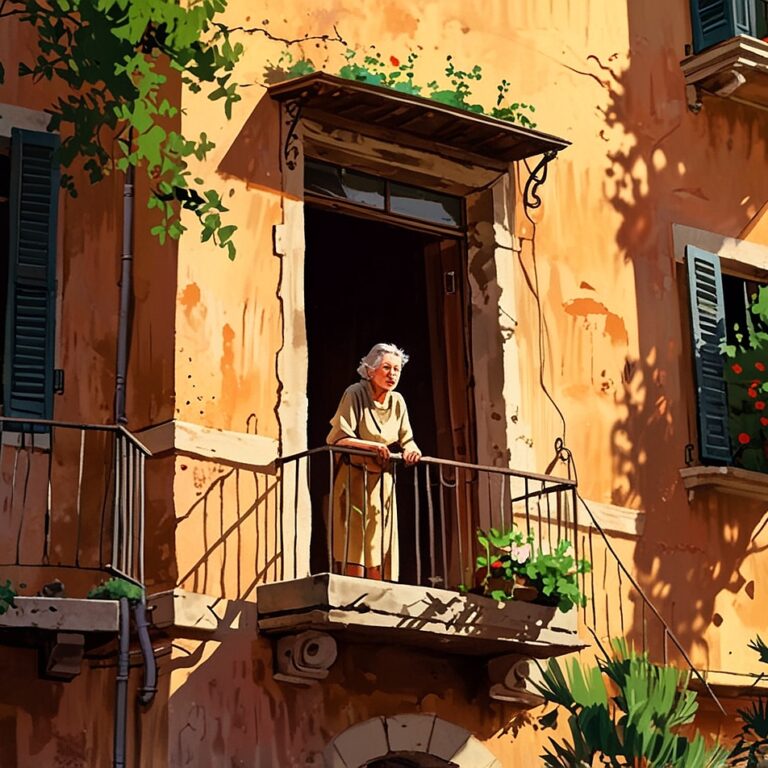
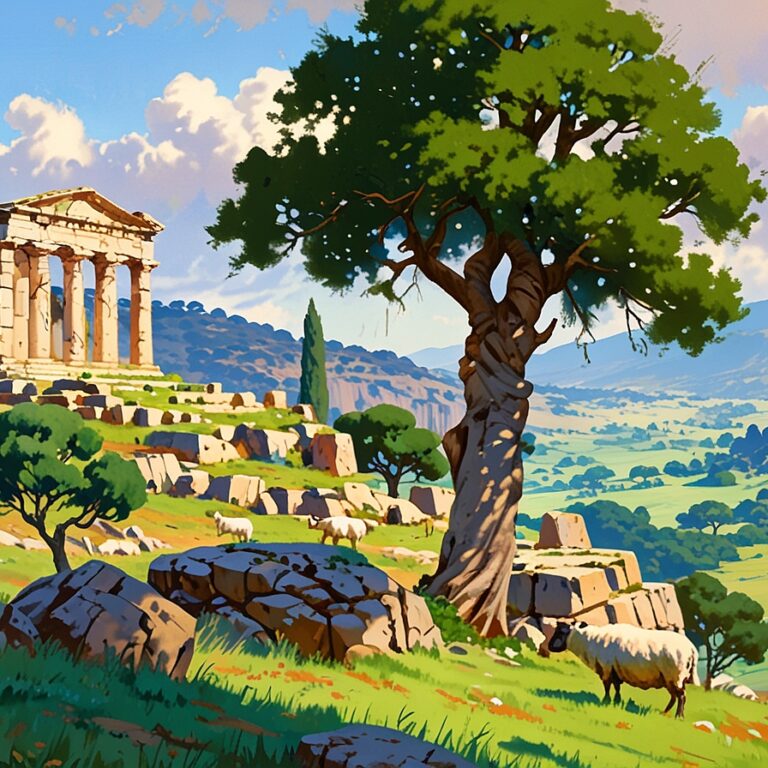
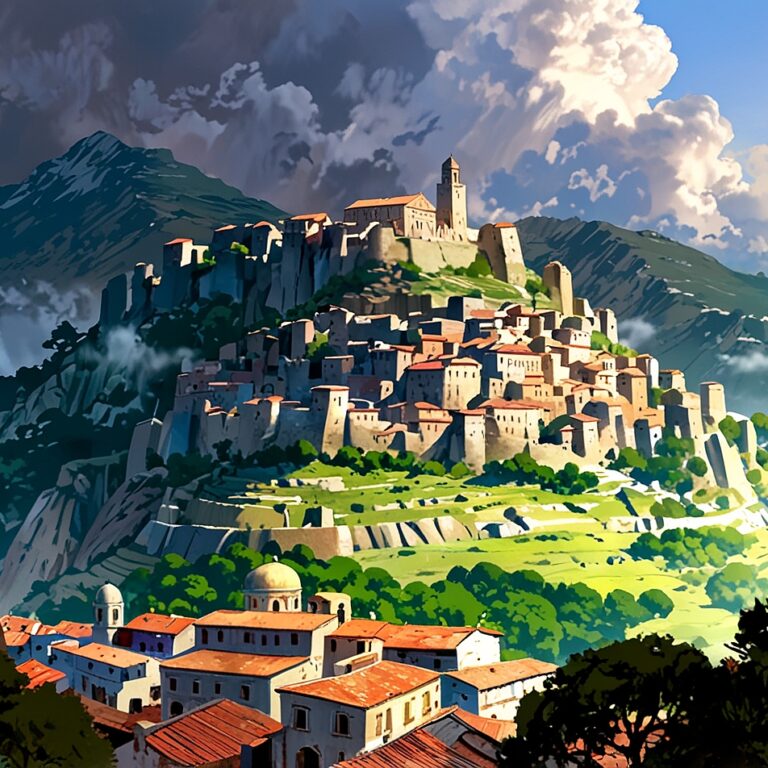
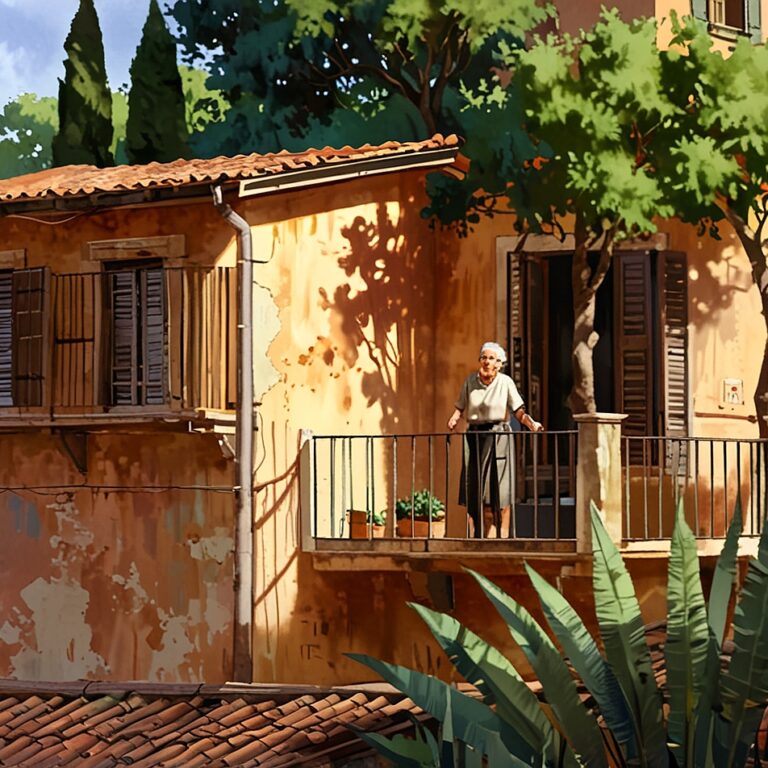
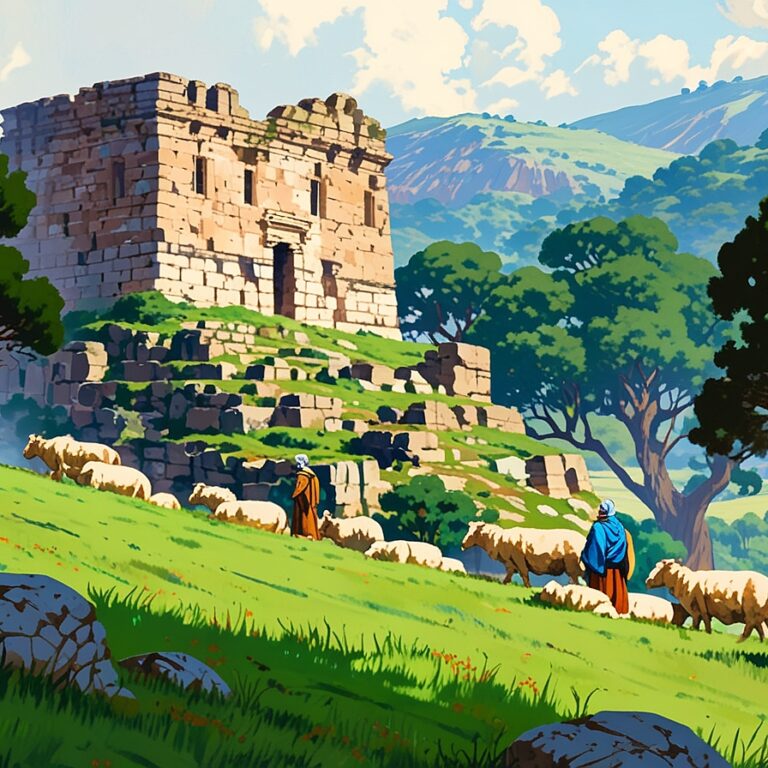


 Cart is empty
Cart is empty 






